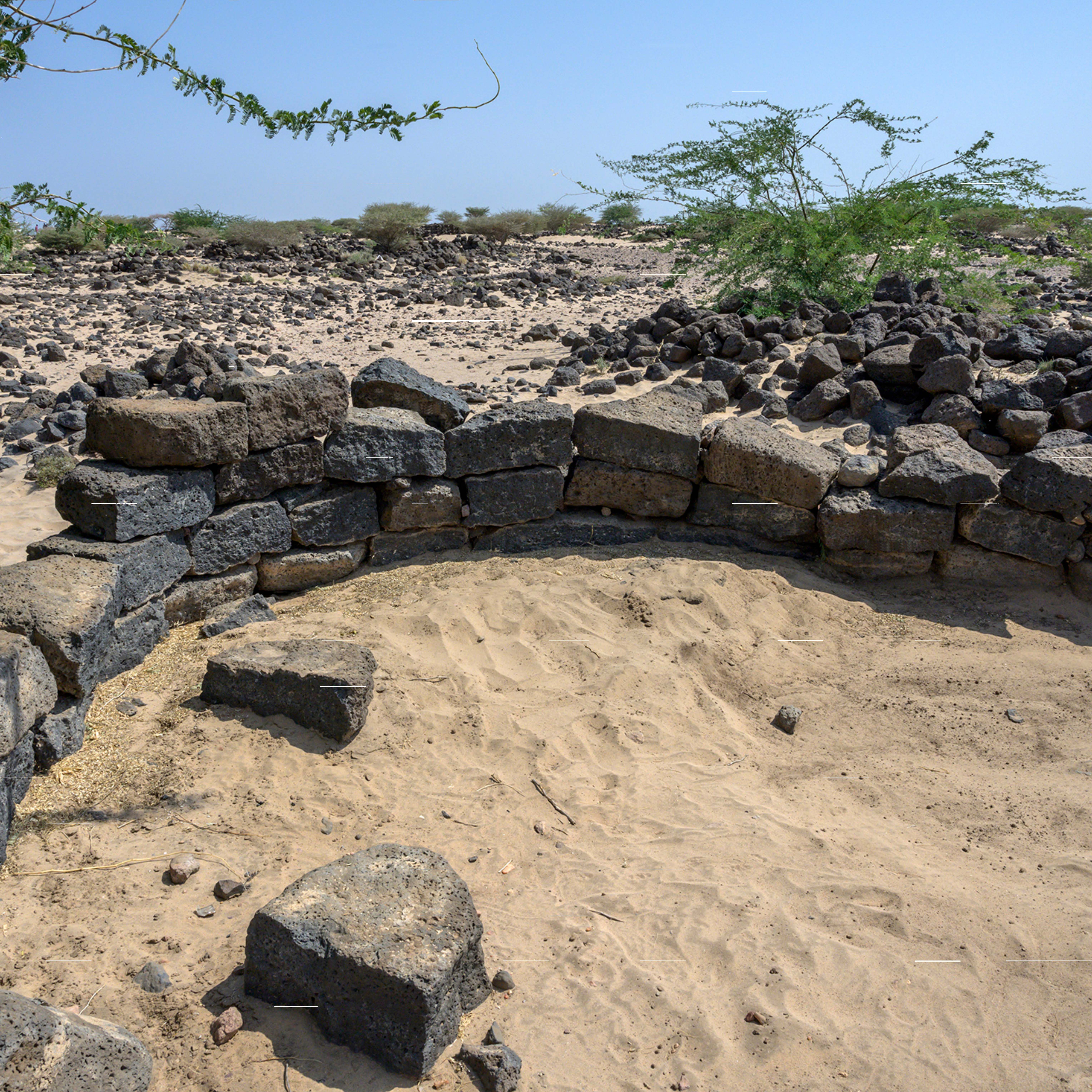The medieval town of Handoga (Djibouti)
A report of the 2021 field season
https://doi.org/10.34780/6i7g-e2fi
摘要
The article presents the results of the first campaign carried out at the medieval site of Handoga (Djibouti) by the StateHorn project, based at the Institute of Heritage Sciences of the Spanish National Research Council. The aim of the campaign was to assess the site's potential in order to launch a long-term project focusing on the study of the town's urbanism and way of life. The campaign included a systematic survey of the site and the excavation of four test pits, which revealed evidence for two archaeological phases at Handoga. The results of the campaign suggest that Handoga was an important urban centre on the medieval routes linking the Gulf of Tadjoura with the interior of Africa, of which very little is known.
关键词:
Medieval period, Djibouti, Urbanism, Trade, Horn of Africa





